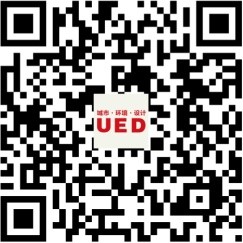Background
The contemporary urban landscape relies largely on the creation and regeneration of public spaces, which then reflect on the beauty of cities. The identity of urban spaces is created through infrastructures, sculptures, buildings, land, vegetation and any element that is capable of representing the essence of place and culture. Pleasant and comfortable urban ecological environment and interesting urban public spaces have undoubtedly become one of the main driving forces of urban development.
First ‘Naitan’ Cup International Competition for Sustainable Design was initiated jointly by Suqian Municipal Government, Suqian Planning Bureau, and CBC (China Building Centre). Last year, several urban regeneration projects have taken place in Suqian through utilizing plantation elements from traditional Chinese culture. This year, Suqian Government intends to take the urban projects to the next level.
The competition will be based on Axis between the Luoma Lake and the Santaishan National Park that included the Naian Flower Farm, investigating into the cultural, functional and representation of public spaces. The competition invites projects from both domestic and international studios, designers, artist and students. Proposals should be designs of urban icons, sculptures, landscape art, buildings, installations that are integrated into and responding to the status of development in the selected area. Participants will be able to choose the location and the subject for their proposal. Though there is no limit with the budget for the construction, the design should be constructible. Several winner proposals selected by the jury panel could be built subjecting to the city’s regulation.


Introduction of Suqian
Suqian
Suqian is located in north Jiangsu Province, with an urban area of 8,555 sq.km., a population of 5,800,000, and three counties and seven districts under its jurisdiction. As the crossroad of the Huaihai Economic Belt, the Coastal Economic Belt and the Riverside Economic Belt, Suqian enjoys prominent economic location that makes the city rank among the Top 100 Economic Powers of China. Known as the hometown of Xiang Yu (232 BC – 202 BC), the Great Conqueror of the Western Chu Dynasty, Suqian is a dynamic historical city. Thanks to its attractive natural landscape, it has been reputed for the vast lakes and dream-like farm fields and acclaimed as a pure land in east China and the largest oxygen bar in the regions of the Yellow River, Huaihe River and Haihe River. Centering on developing the eco-city, the local government exerts focused efforts to make Suqian a green city, a garden city with colors and a sponge city. These efforts have been successively rewarded with such honorary titles as National Garden City, National Greening Model, Top-10 Green City in China, The Most Ecologically Competitive City in China, National Sanitary City, Chinese Outstanding Tourism City and the China Habitat Environment Prize, etc., making ecology the most precious urban resource of Suqian.









